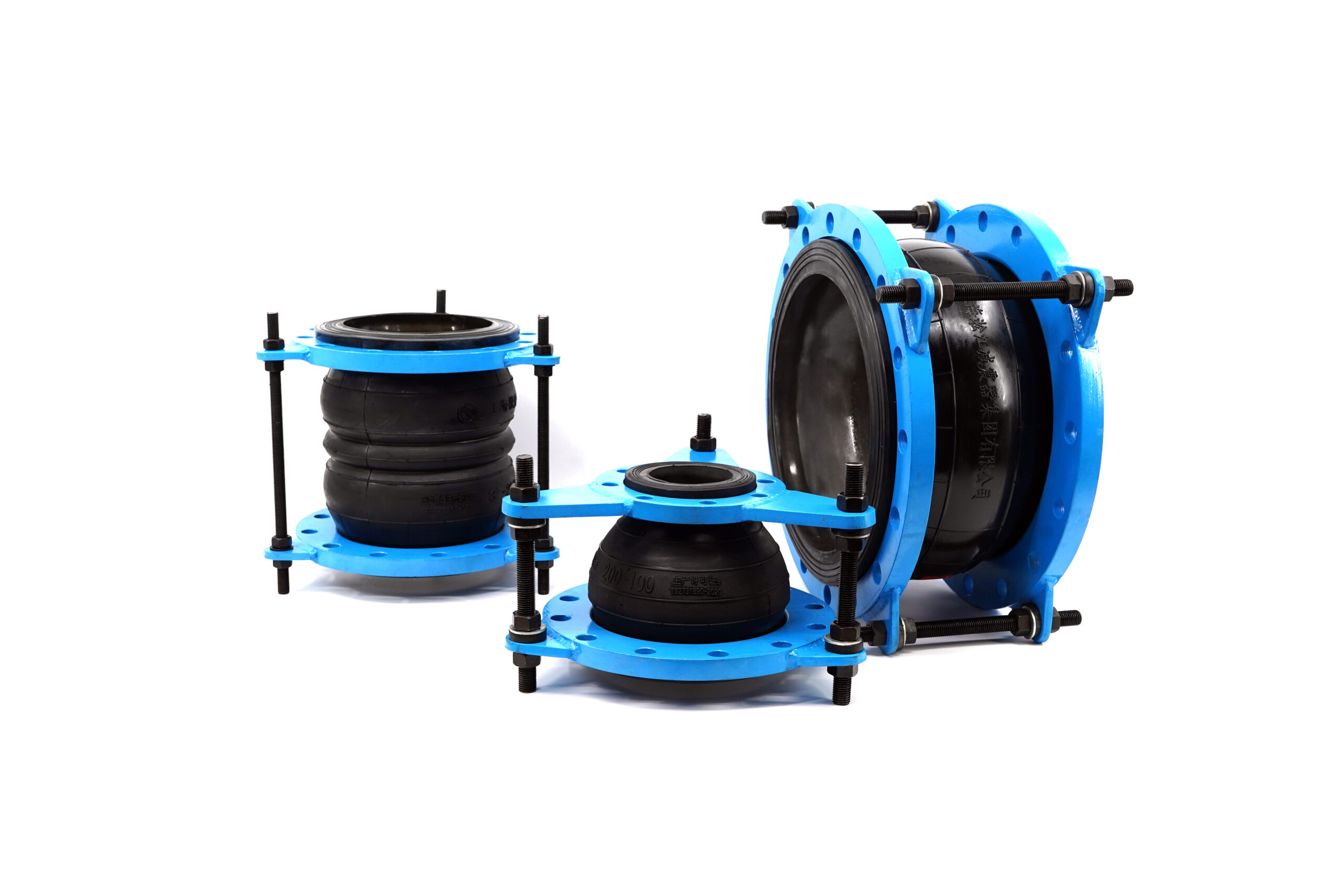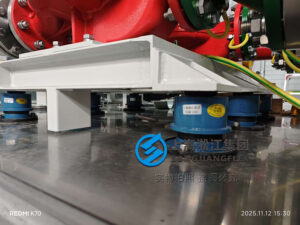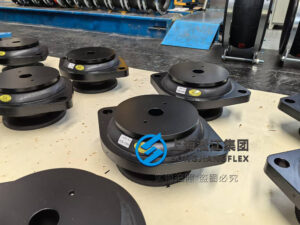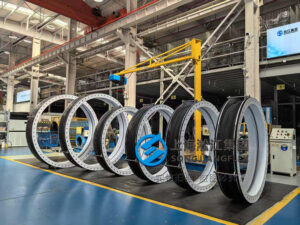Why Are Rubber Expansion Joints and Rubber Compensators So Important in Industrial Pipeline Systems?
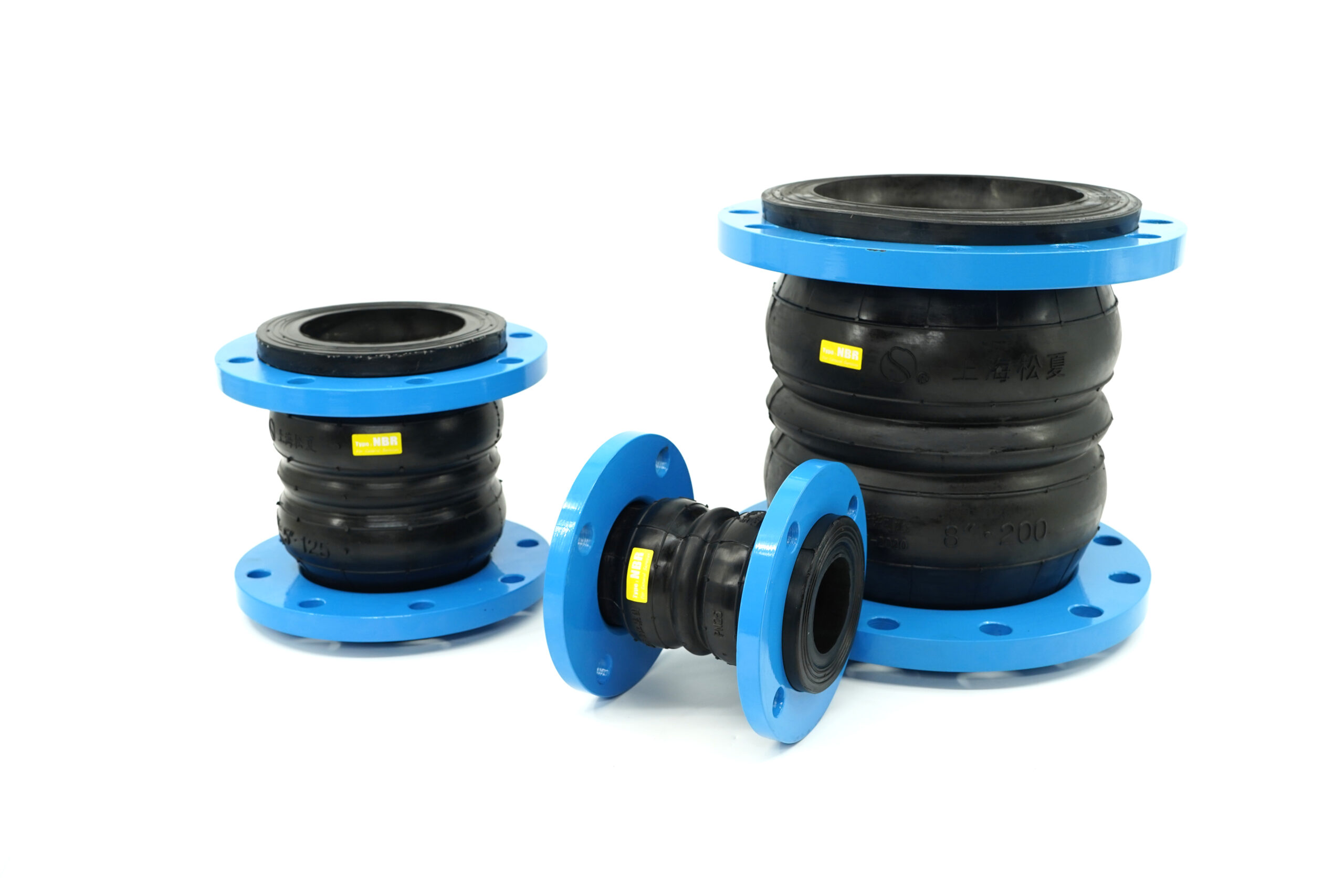
In industrial pipeline systems, why are rubber expansion joints and rubber compensators so critical? When selecting pipeline equipment, customers often ask: “Which type of rubber expansion joint should I choose if my pipeline system handles high pressure, high temperature, or chemical media?” Wound-type rubber expansion joints, made with multiple layers of rubber and fabric reinforcement, provide superior strength and durability. Even under large-diameter and high-pressure conditions, they ensure the safe and stable operation of the pipeline system.
Many engineers also ask: “How can I compensate for thermal expansion and contraction in pipelines?” Rubber compensators effectively absorb axial, lateral, and angular movements, reducing stress concentrations and preventing leaks or equipment damage. This is particularly important for chemical pipelines, nuclear power pipelines, marine piping, and hydroelectric systems, where pipelines often face high-temperature steam, strong acids or alkalis, and high-pressure media.
During equipment selection, customers may also ask: “My pumps or compressors generate vibration and noise—how can I minimize their impact on the pipeline?” The elasticity and damping properties of rubber joints can effectively reduce vibration and noise, protecting pipelines and connected equipment while improving system stability and operational efficiency. In HVAC systems, cooling water pipelines, and large industrial machinery pipelines, good vibration damping can significantly extend equipment life and reduce maintenance costs.
Another common question is: “Do I need different rubber materials for specific media?” We can customize rubber materials, reinforcement layers, and wall thickness according to the operating conditions, making them suitable for various media, temperatures, and pressure requirements. For example, EPDM rubber is ideal for hot water or steam pipelines, NBR rubber is suitable for oil and chemical media, and silicone rubber can withstand high-temperature environments, ensuring long-term safe operation.
Customers also frequently ask: “My pipeline has a large diameter—can standard rubber joints handle it?” Wound-type manufacturing allows for large-diameter rubber expansion joints, overcoming the size limitations of traditional molded joints. Whether for high-pressure water pump systems, large chemical reactor pipelines, or nuclear steam pipelines, these joints can be customized for precise fit, providing efficient displacement compensation and stable operation.
For systems exposed to corrosive or abrasive media, customers often ask: “How do I choose a joint for corrosive fluids?” We offer a range of rubber materials with excellent resistance to corrosion, oils, and high temperatures, suitable for various industrial environments, ensuring the long-term reliability of pipeline systems.
Overall, rubber expansion joints and compensators not only protect pipelines and equipment from stress damage but also enhance system reliability through vibration damping, corrosion resistance, and high-temperature performance. Whether used with pumps, compressors, heat exchangers, boilers, or in large chemical, nuclear, marine, or hydroelectric systems, selecting the right rubber expansion joint can significantly improve overall performance and safety. For customers searching for terms like “rubber expansion joint, large-diameter rubber joint, high-pressure rubber compensator, pipeline vibration dampening joint, industrial pipeline rubber joint, pump vibration joint, compressor pipeline joint”, this article provides precise guidance on product and equipment applications.


